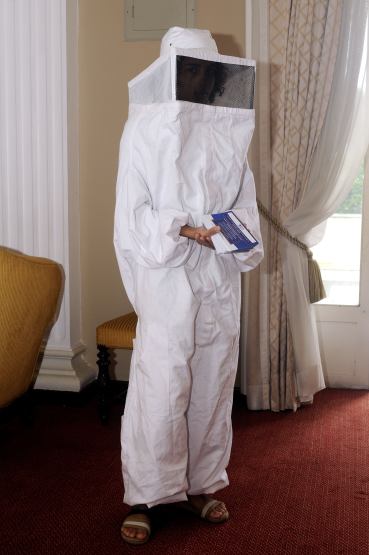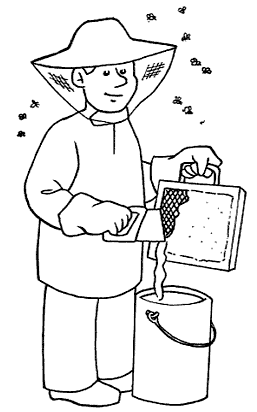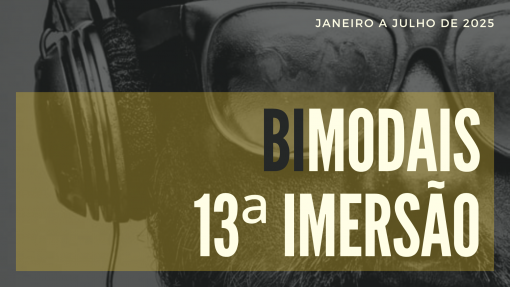In 2007, when I gave my talk on Web 2.0Â in SĂŁo Paulo, Brazil, we took along a young woman in full beekeeper gear to provoke the audience.

Here she is in her gala outfit...
The woman circulated among the audience. Nobody was quite sure how beekeeping rhymed with cutting-edge technology. When Marcos Cavalcanti and I launched our book, “Conhecimento em Rede,” we also put the suggestive drawing of a beehive on the cover.
Later, other books published abroad did the same.
Basically, this new relation with information envinronments establishes a new form of accessing and exchanging data with databanks spread all over the world. These databanks contain almost all relevant records for the XXI century.
For a low cost, society can now directly access companies’ databases and internal systems with different functionalities. This new access changes the way we deal with information and, thus, with knowledge.
So, there is a new form of intermediation between the two ends. The distance shrinks and the old gatekeeper, who managed information, is no longer in charge of selecting, filtering and picking what the user needs.
That gatekeeper acted like the cow milker.

The cow milker.
Now society goes directly to the source, not only to collect information, but also to collaborate for its increasing improvement. The social function of most companies, institutions, and professionals of diverse profiles working with knowledge is radically changed.Â
Look at the figure below:

(Texts of figure translated):
Before the web
Records         Intermediary Society
After the web
Records         Society
Instead of just “supplying” what he knows to others, the cow milker begins to stimulate a better relation between networked databanks and users. This happened mostly during stage 1 of the web.
Now, with active user participation in complementing those sources, it is high time to stimulate interaction.
The figure of the beekeeper emerges when this interaction is more intense, productive, relevant, and noiseless. The beekeeper reflects the new way society will function, with greater horizontality than before.
Users now not only access content, as in Web 1.0, but in Web 2.0 they also make their own contributions, complementing existing records and adding new ones.

The knowledge professional new social function: the beekeeper
This is a technological change that heavily influences society, altering our culture because once again we are “de-intermediating,” as we did in the past. This process creates a new culture that will have reflections on the form of organizing society.
Organizations will have to adjust to the new paradigm. This happened in the past and will happen in the future.
For me, if there is an animal to symbolize the XXI century, the bee takes pride of place.
Do you agree with me?
Translated by Jones de Freitas. Edited by Phil Stuart Cournoyer.












[…] In english. […]